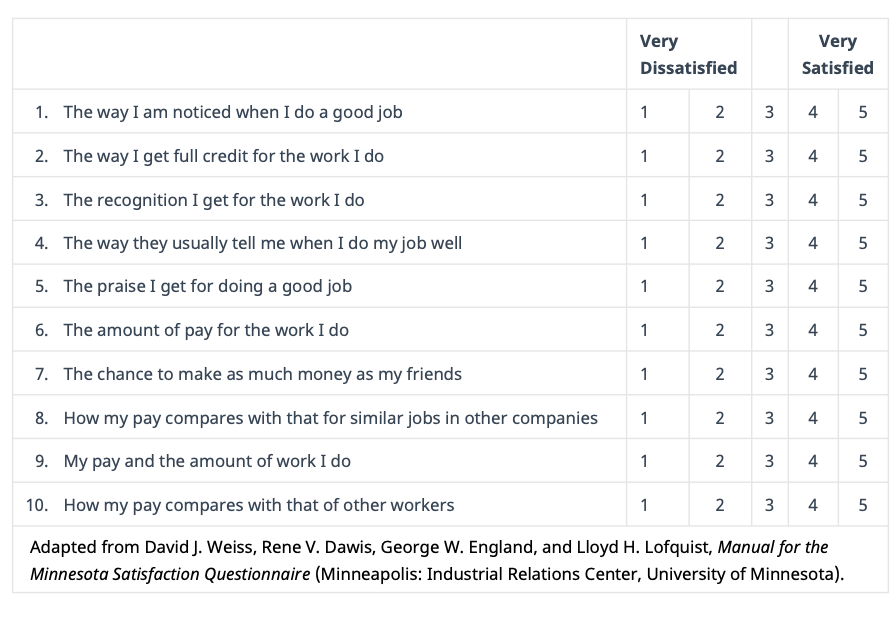1. In order to understand how response salience works, you may want to complete this self-assessment. Read the passage, and rate it on its comprehensibility. Does it make sense to you? Next, look at the appropriate frame of reference given in Appendix B. Now read the passage again, and rate it for its comprehensibility. Does it make more sense now that you have a specific frame of reference?
Can You Understand This Passage?
Instructions: The procedure is actually quite simple. First you arrange things into different groups. Of course, one pile may be sufficient depending on how much there is to do. If you have to go somewhere else due to lack of facilities that is the next step, otherwise you are pretty well set. It is important not to overdo things. That is, it is better to do too few things at once than too many. In the short run this may not seem important, but complications can easily arise. A mistake can be expensive as well. At first the whole procedure will seem complicated. Soon, however, it will become just another facet of life. It is difficult to foresee any end to the necessity for this task in the immediate future, but then one never can tell. After the procedure is completed one arranges the materials into different groups again. Then they can be put into their appropriate places. Eventually they will be used once more and the whole cycle will then have to be repeated. However, that is part of life.

2. How Do You Feel About Women Executives?
Instructions: This instrument focuses on your attitudes toward women in executive positions. For each item, circle the number that best represents your feelings concerning women executives in organizations. Be completely honest with yourself in responding. For a scoring key, refer to Appendix B.


3. Examples of the MSQ for two scales (compensation and recognition) can be seen in this self-assessment. If you wish to complete this sample questionnaire, simply refer to a (paid or unpaid) job that you have had and answer the questionnaire. To score the instrument, refer to Appendix B.
Are You Satisfied with Your Job?
Instructions: Answer each of the ten questions by circling the numbers that best describe how satisfied or dissatisfied you are with the particular item. Then sum your results for questions 1–5 and 6–10 separately.






